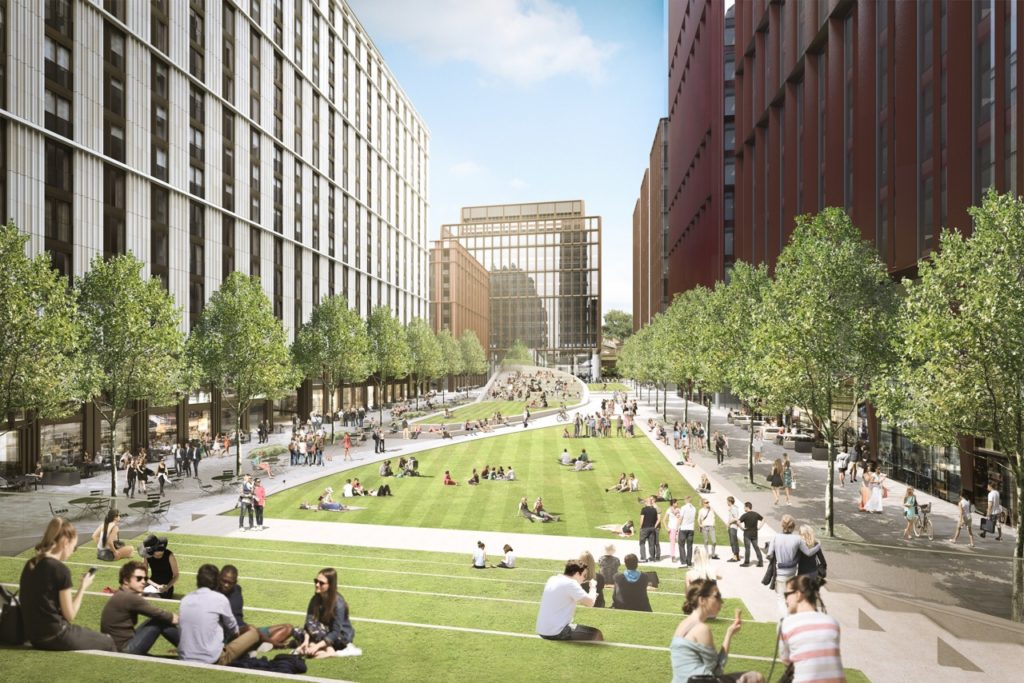Development Funding News:- The number of exchanges for residential properties above £2m rose by 1 per cent in the year to April compared to the previous 12-month period, according to Knight Frank sales data.
The estate agent said in central London neighbourhoods exchanges had risen by 7 per cent in the year to April, while the increase in north London was 17 percent.
Viewings had increased for properties valued over £2m, where there were 3 per cent more viewings in the first quarter of this year than the same period last year.
Knight Frank said the number of offers made by buyers had risen by more than a quarter since last year. However, this was not reflected in a growth in prices with a drop of 5 percent in values for properties in the £1m to the £2m bracket. Homes valued at more than £10m witnessed a price drop of 2.6 per cent.
Head of London residential research Tom Bill said: “Comparatively, over the same period, the number of new properties listed for sale has fallen by over a third, underlining the relatively advantageous position for active vendors, should the current political uncertainty recede.”
UK’s economy resilient despite everything
Knight Frank said the UK economy appeared to be largely shrugging off the effects of political uncertainty. The gross domestic product grew by 0.5 per cent in the first quarter of 2019, which was stronger than Germany and the euro area. While Brexit-related stockpiling had an impact, there was a strong performance in the IT sector and healthy levels of business investment.
Development Funding – HZA
Finance brokers Hank Zarihs Associates agreed that the UK economy was showing strong signs of resilience and that house builders’ demand for property development funding and construction loans was still strong.
Knight Frank noted the pound’s volatility in recent weeks due to Brexit-related uncertainty and speculation surrounding the next prime minister. It said during May, the pound had eroded the gains it had made versus the dollar since January, making sterling-denominated assets more attractive.
The estate agency’s index started in 1976 and is based on the repeat valuation methodology that tracks capital values of prime central London residential property.
Prime central covers: Aldgate and the City, Belgravia, Chelsea, Hyde Park, Islington, Kensington, Knightsbridge, Marylebone, Mayfair, Notting Hill, Riverside, South Kensington, St John’s Wood, Tower Bridge and Victoria.


